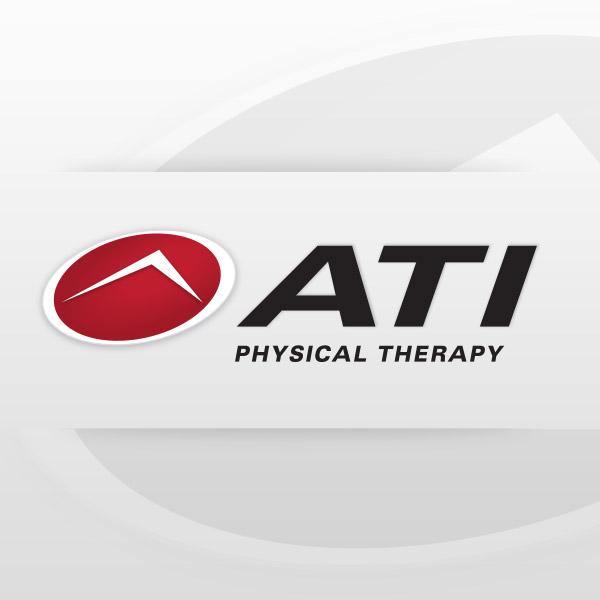Rough riding to the top: Injuries to avoid and exercises to perform for equestrian athletes

There are plenty of team sports – basketball, soccer, rowing, synchronized swimming, even track relays. But, no other sport requires two individuals to work so closely together without ever speaking a word to each other. In fact, one of them can’t even speak at all…
In equestrian, the horse is just as important as the human. (And, more times than not, it’s the horse – not the athlete – who is injured. Equine physical therapy does exist!) And while a horse is a rider’s most important asset, they can also pose the highest threat.
Proper gear and safety equipment are essential in this sport. Wearing a riding helmet, which is required in many competitions, greatly decreases the risk of traumatic brain injury.
Our ATI Injury Analyst Carrie Leese, a physical therapist at our Oxford, Pa., clinic, has extensive experience working with equestrian riders, some at the Olympic level. She agreed to share her experiences with us to provide some insight into the world of horseback riding and noted that proper posture and core strength is vital to helping athletes avoid injuries.
“I think the biggest association to poor posture and weak core is loss of balance resulting in a higher incidence of injury related to falls,” Carries says. “As in any sport, decreased strength and endurance increases chance of injury.”
What types of injuries are common…
- Head trauma: Riders who are thrown or fall off a horse are susceptible to head trauma, especially if they are not wearing a helmet. In a report released in 2007 by the United States Eventing Association, minor head injuries were the most common in riders, while minor face and major head injuries (including concussions) were not far behind.
- Upper extremity injuries: Riders are susceptible to hand, wrist, arm, and shoulder injuries.
- Bruises, cuts, and other abrasions: While 80% of injuries occur while actually riding a horse, athletes are also susceptible to injury while performing everyday activities with the horse (grooming, cleaning, feeding, etc.). Any type of kick or bump (when coming from a 1,000 pound horse!) can leave a bruise or abrasion.
Prevention…
Our ATI Injury Analyst noted that a regular functional exercise program can help strengthen an equestrian athlete’s muscles.
- Strengthen muscles:Carrie suggests the working the following muscle groups to help prevent injuries:
- Core: Riders should focus on abdominal hollowing exercises, which target the transverse abs (the muscles that support the trunk).
- Upper extremity: Scapular strengthening and bicep/tricep exercises are important to improving upper body strength.
- Lower extremity: From the hip to the knee to the ankle, a routine of squats and heels raises can help strengthen these muscles in a rider.
- Protect your head: Wearing a quality riding helmet that fits correctly is extremely important to preventing head or brain injury.
- Respect your partner: As riders mature, they grow more familiar with their horse and how to treat their partner. Knowledge of the horse’s personality, combined with a respect and commitment to the animal’s wellbeing, can help decrease the risk of injury.
